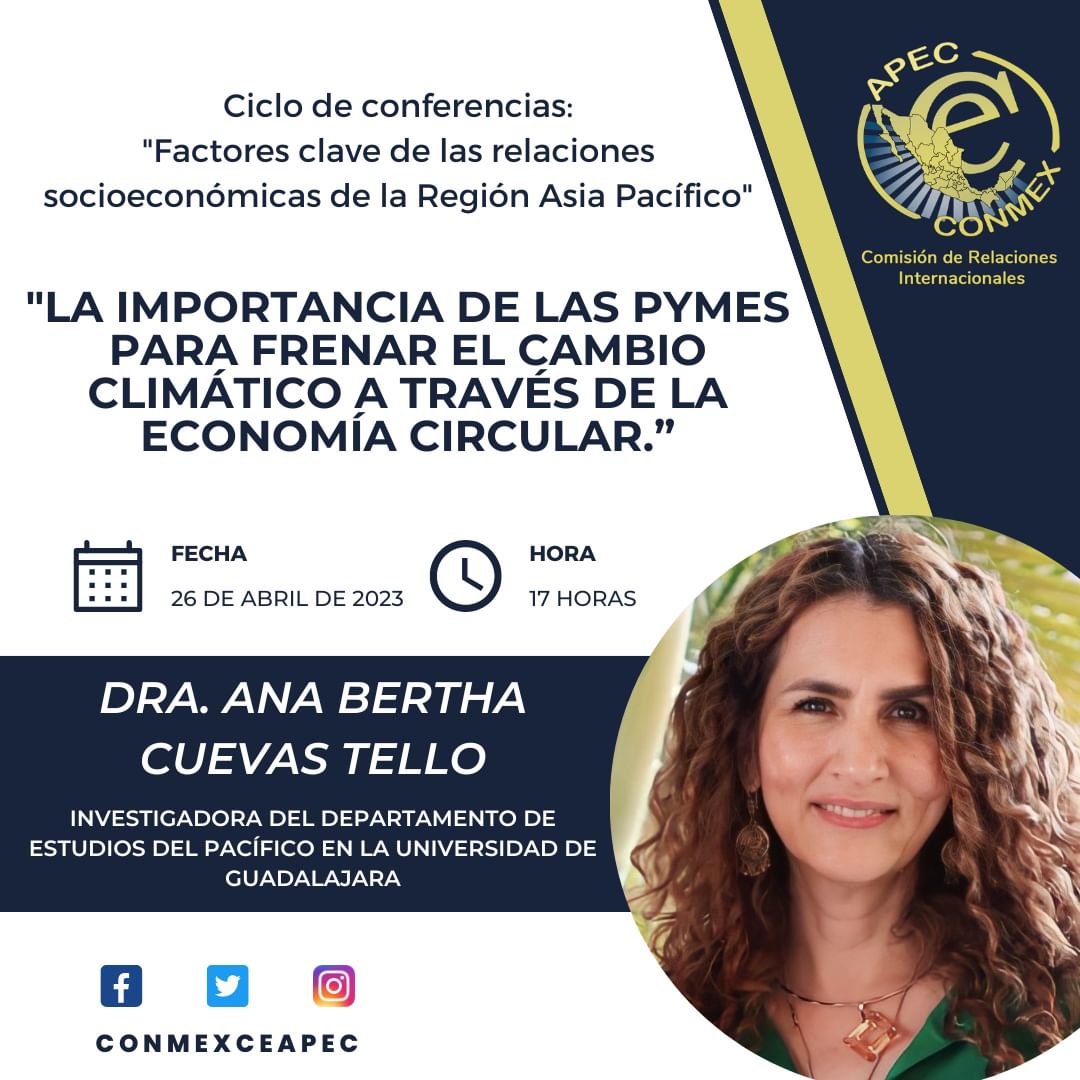
Scientific Research Publishing Inc. – Modern Economy 2016
When APEC (Asia-Pacific Economic Cooperation) launched the Declaration on Climate Change, Energy Security and Clean Development in 2007 (better known as the Declaration of Sydney), environmental groups, civil society, experts and academics had recently celebrated two years of entry into force of Kyoto Protocol, which despite the slowness to achieve objectives kept hopes of real results; at the same time there were concerns that the proposal of APEC (with participation of the United States and Australia) would be a boycott of the Kyoto Protocol. This paper is arguing that the climate action within APEC is an important element to reinforce the international climate action on world level under the leadership of UNFCCC (United Nations Framework Convention on Climate Change). The analysis is focusing exclusively on common commitments assumed as members of APEC as regional body and not on the particular objectives of the member economies.
Although it requires global commitment to address climate change, APEC has many resources to modify the process of global climate change significantly, this because besides emitting more than 60% of greenhouse gases (GHG), among its members are economies with a high degree of economic development (required for technological innovation), nations with the highest economic growth in recent decades (essential for poverty reduction and clean technology implementation) and international leaders with global influence (political hegemony: United States and China). Moreover, it is easier to agree among 21 economies than among the 200 nations of the world; but, if desired, any country can adhere to the objectives of APEC, since one of the characteristics of this forum is the open regionalism. This combination of elements makes APEC a force for success in the action against climate change in the world.
27 agosto, 2020 por Ana B. Cuevas Tello



